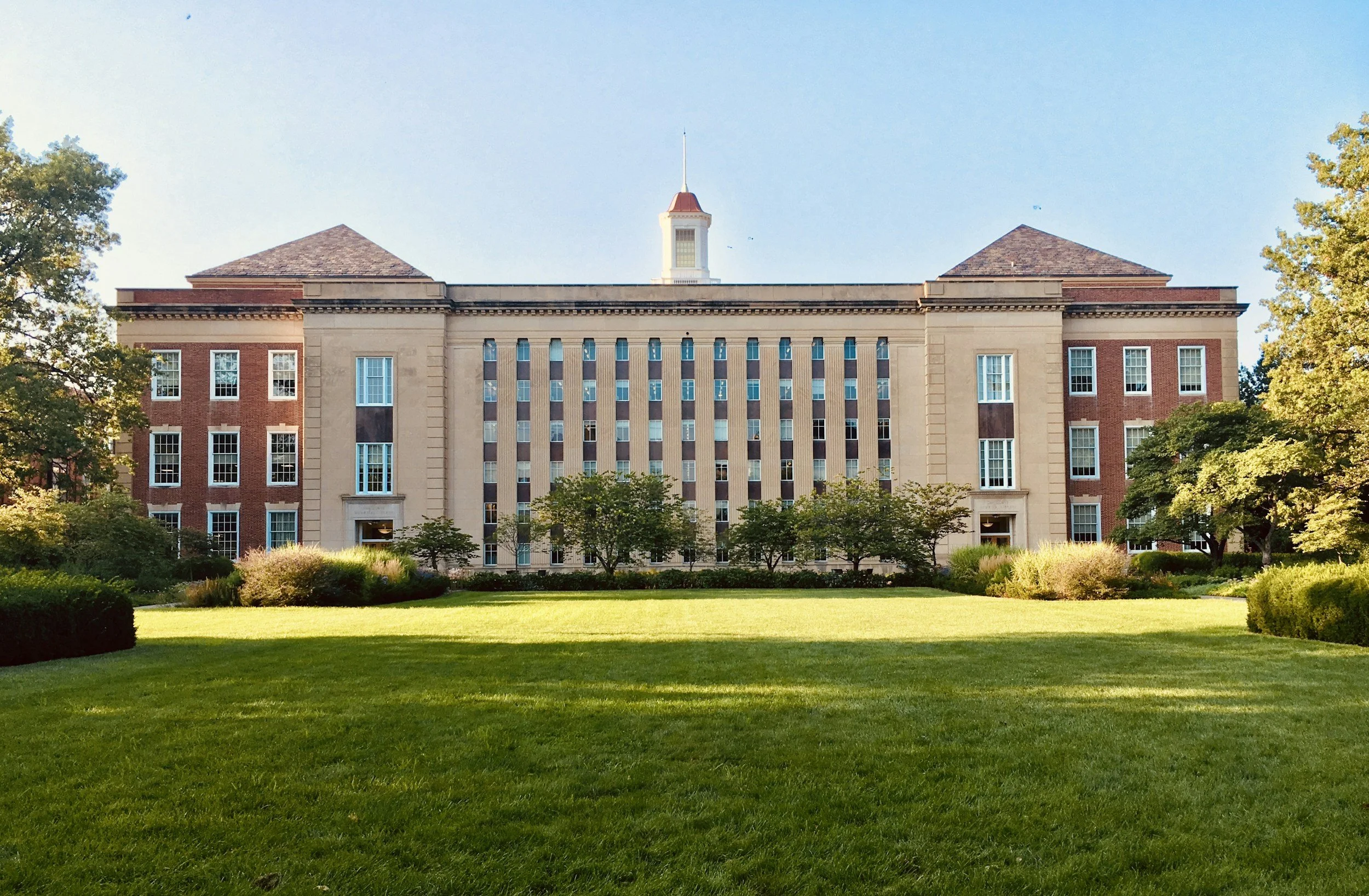Why Superscoring Matters and How the Enhanced ACT Changes the Game
If you're navigating ACT and SAT preparation, you’ve likely heard of superscoring. This policy can significantly sharpen your application—even more so now, with the Enhanced ACT rollout. Here’s what you need to know to strategize effectively.
What Is Superscoring?
Superscoring allows you to combine your best section scores across multiple test dates into a new, higher composite score. Here are some examples, including the new ACT format:
ACT Example (Enhanced ACT Format):
Test 1: English 31, Math 28, Reading 32, Science 27 → Composite: 30
Test 2: English 29, Math 32, Reading 30, Science 33 → Composite: 30
Superscore: English 31, Math 32, Reading 32 → Composite: 32
Best Science: 33 (from Test 2) — displayed alongside your composite superscore but not factored into the composite calculation.
SAT Example:
Test 1: Math 720, EBRW 650 → Total: 1370
Test 2: Math 680, EBRW 700 → Total: 1380
Superscore: Math 720 + EBRW 700 → 1420
ACT Superscoring Changes with the Optional Science Section
Starting September 2025 (paper) / April 2025 (online), the Enhanced ACT will calculate your composite superscore using only English, Math, and Reading. Science will no longer be averaged into that composite number.
However—and this is important—your best Science score from any test date will still appear alongside your composite superscore on your official ACT report. That means colleges will still see your strongest Science performance, even though it’s not factored into the composite calculation.
If you take Science multiple times, ACT will display your highest single Science score—essentially superscoring the section—so you can still benefit from retaking it. This makes it possible to present a standout Science score while protecting your composite from being dragged down by a weaker performance.
How Common Is Superscoring?
Around 65–70% of U.S. colleges currently superscore either the SAT, ACT, or both.
It’s especially common among public universities and increasingly prevalent across all university types.
Ivy League Superscoring Policies
Here’s a snapshot of current superscoring practices at Ivy League institutions:
Harvard University – Superscores both SAT & ACT
Yale University – Superscores both
Princeton University – Superscores both
Columbia University – Superscores both
University of Pennsylvania – Superscores both
Dartmouth College – Superscores both
Brown University – Superscores both
Cornell University – Superscores both
Always verify each school’s admissions website, as policies may shift over time.
How Superscoring Should Guide Your Prep Timeline
Start studying 2–3 months before your first ACT/SAT.
Take your first test to establish a baseline.
Focus on improving specific sections for your second attempt.
Plan for at least two sittings to assemble a strong superscore. If certain sections need improvement, you may benefit from a third or even fourth sitting.
Final Thoughts: Superscoring Is a Strategic Advantage
Superscoring rewards consistent effort over time, and with the Enhanced ACT’s exclusion of Science from the composite, students now have even more control over crafting their best possible score. It’s a powerful strategy for getting your highest performance in front of colleges.
Ready to build a prep plan that maximizes superscoring? Get in touch—I'll help you create a smart, personalized strategy for the 2025 admissions cycle and beyond.
Contact me today to get started with expert ACT/SAT tutoring and take the next step toward college success!

